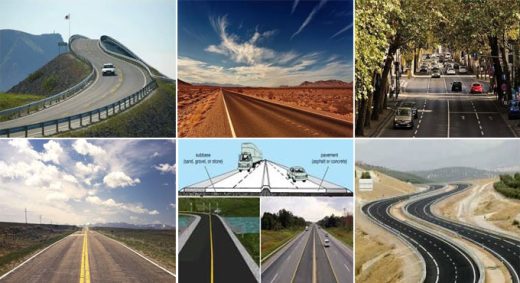Introduction
Nowadays, all the energy resources are depleting due to our constant dependency on natural resources. At this stage, an urgency has emerged to harness the energy that can operate almost anything in the world. Likewise, in the civil engineering world, new inventions are emerging to make a greener world.
In the transportation sector, kinetic roads can help tackle pollution and our extensive dependency on natural resources. Solar radiation and kinetic energy from passing automobiles are two forms of energy sources frequently applied to road surfaces. As a result, they offer a lot of potential as long-term energy sources. Roadway pavement occupies a large portion of urban and rural areas, covering millions of square kilometers and constantly being exposed to various energy sources such as sun radiation, vibration, and traffic-induced pressures.
Read More


